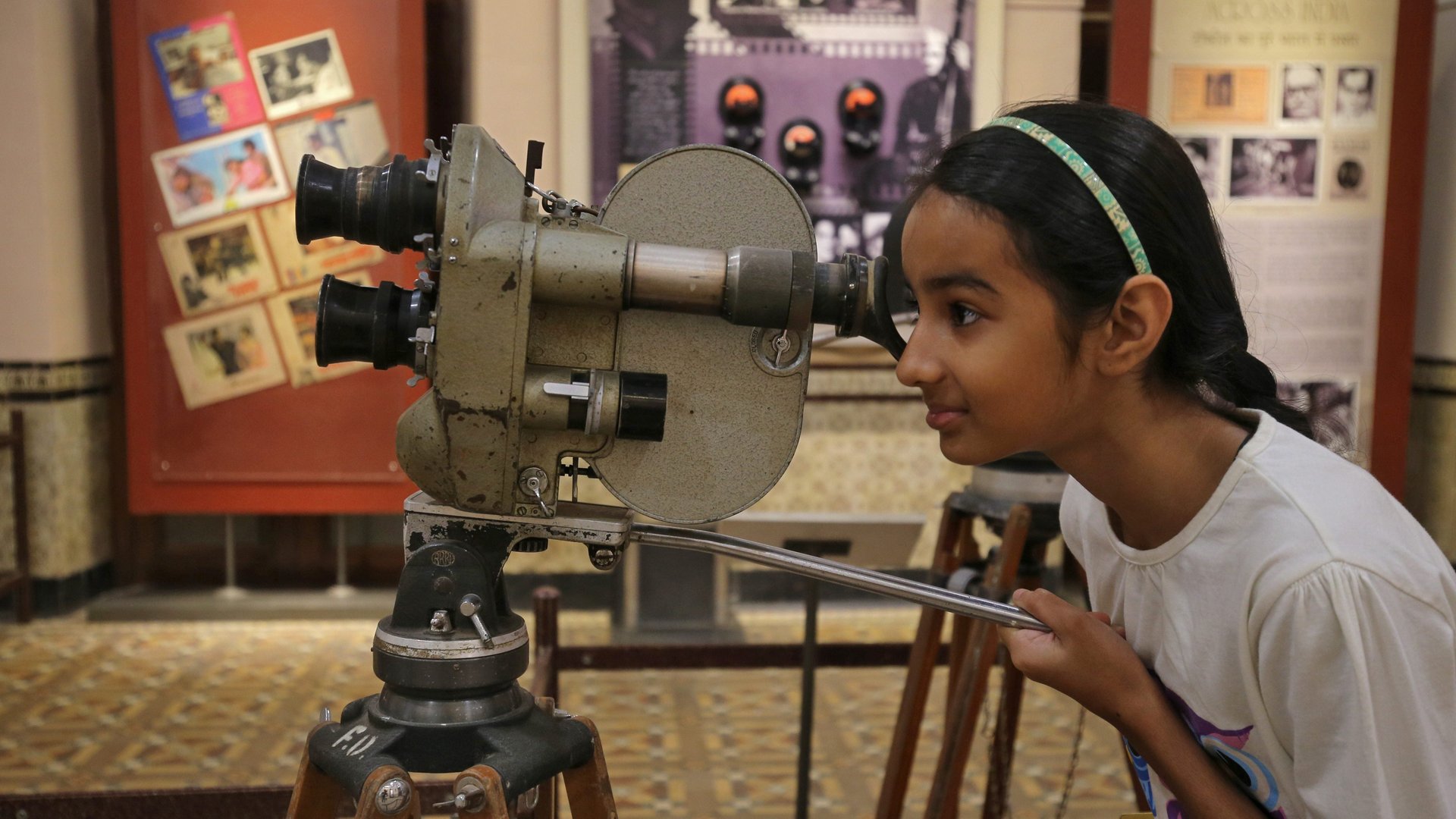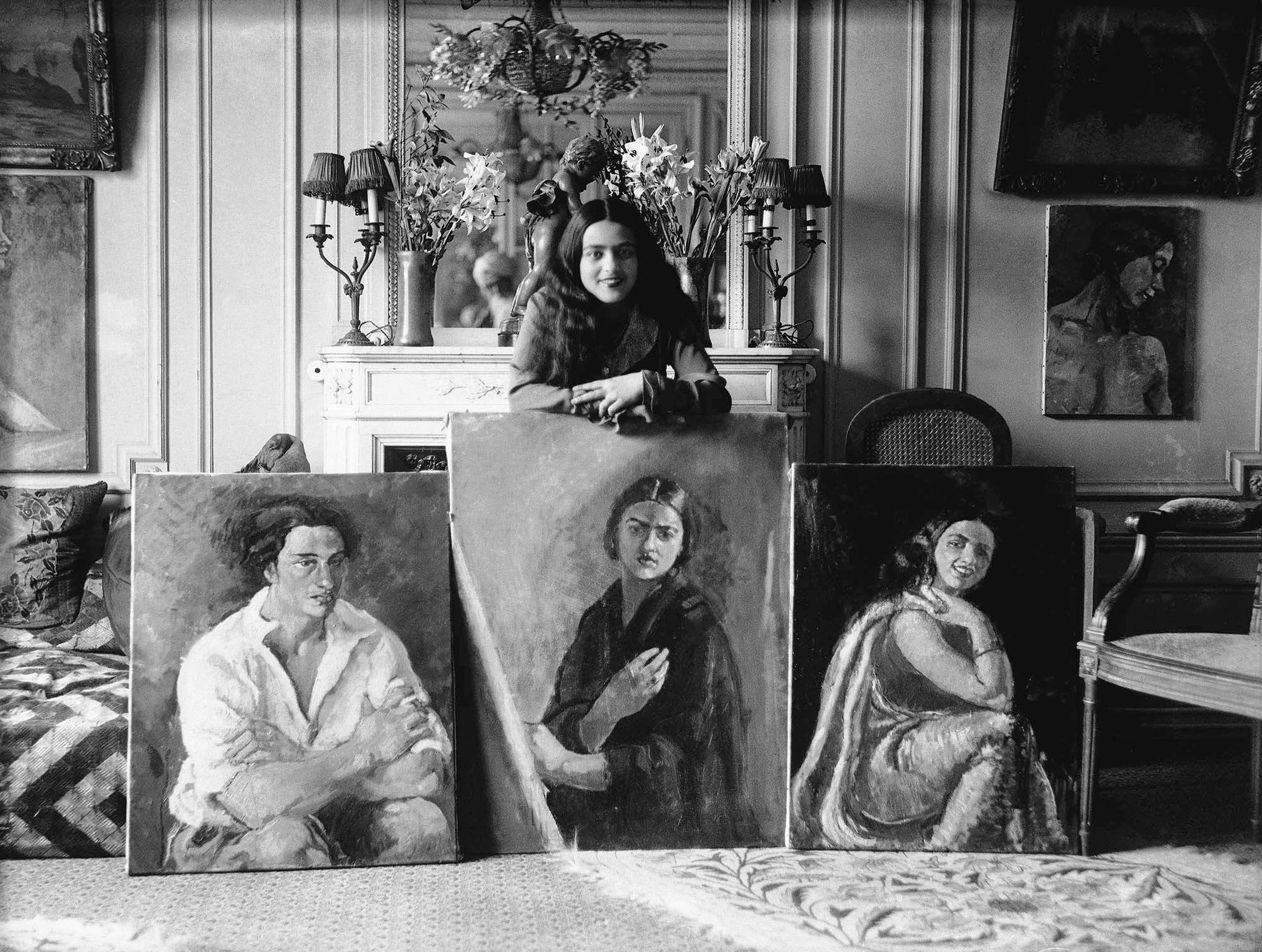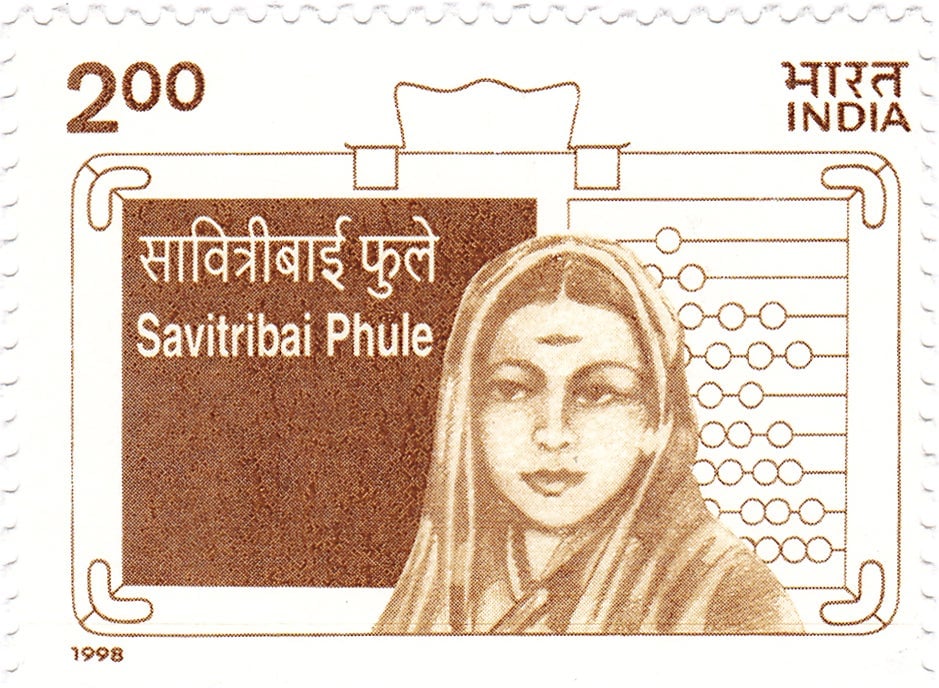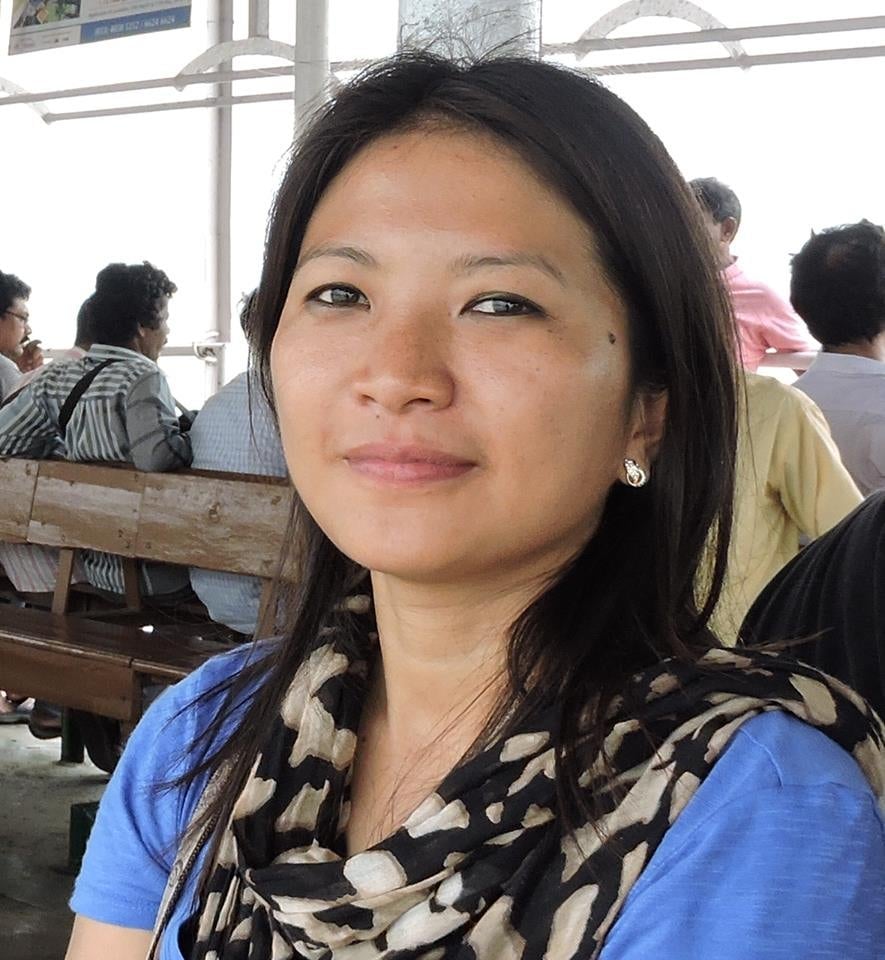Three female role models for young Indians: an educationist, a writer, and a cleanliness crusader
A huge part of feminism also means ensuring young women have female role models. Across generations, Indian women have achieved incredible things and sparked seminal social movements. Their roles, though, have not been sufficiently acknowledged and appreciated. Here are stories told by author Neha J Hiranandani of three such women.


A huge part of feminism also means ensuring young women have female role models. Across generations, Indian women have achieved incredible things and sparked seminal social movements. Their roles, though, have not been sufficiently acknowledged and appreciated. Here are stories told by author Neha J Hiranandani of three such women.
Amrita Sher-Gil, rebel painter, 1913-1941
As a child, Amrita had been obsessed with drawing. “I have drawn and painted, I think, from my tiniest childhood… The presents I most looked forward to as a child were paintboxes, coloured pencils, drawing paper, and picture books,” she once revealed. Thanks to her European mother and Indian father, she grew up in both Europe and India. She found inspiration everywhere, from European art to ordinary Indian villagers.

After spending some time in the great art salons of Europe, Amrita grew restless. She “began to be haunted by an intense longing to return to India” and felt “there lay [her] destiny as a painter.” Thus, she moved to India. “I can breathe, I can move and I can paint,” she wrote, joyously. India inspired Amrita to paint some of her most famous works including Brahmacharis, Bride’s Toilet, and South Indian Villagers Going to Market.
Unlike most other Indian artists of the time, Amrita painted the more difficult parts of the country—the poverty of ordinary people, the heat and the dust. Her paintings were marked with such a strong connection to Indian village life, and particularly the women, that they, along with Amrita’s unique artistic vision, changed the shape of Indian art forever. Perhaps she realized this when she remarked, “Europe belongs to Picasso, Matisse and Braque and many others. India belongs only to me.”
Amrita’s paintings are national art treasures and if you go to the National Gallery of Modern Art in New Delhi, you can find her paintings, including the priceless South Indian Trilogy.
…
Savitribai Phule, tireless teacher, 1831-1897
Savitribai was born in the 19th century in Naigaon, a two-hour drive from present-day Mumbai. At that time, many people strongly believed in the Hindu caste system. According to this system, Savitribai and her husband Jyotirao were from an oppressed caste. Some even considered them untouchable and didn’t let them eat the same food or drink water from the same well. Going to school was unthinkable for Savitribai and her people.

But Savitribai was a rebel! Although she was married off at age nine, she learned to read and write and, with the help of her husband, she studied enough to become a teacher. Soon after that, she and her husband decided to open a school for girls. This was revolutionary—a school for girls opened by a low-caste couple! The villagers were furious. They threw stones, mud and even cow dung at Savitribai on her way to school.
This happened so often that she started carrying a spare sari that she would change into when she reached the school. It wasn’t only the villagers who were angry—even Savitribai’s father-in-law was upset. He gave her and her husband an ultimatum—either leave the school or leave his house. The young couple walked out of his house and went on to open many more schools! They even dug a well in their backyard to provide water to those who were forbidden from drinking from the village well.
In 1998, the Indian government released a stamp in Savitribai’s honour. Many believe that Savitribai’s birthday, January 3, should be celebrated as Teacher’s Day.
…
Temsutula Imsong, cleanliness crusader, 1983-present
When Temsutula arrived in Varanasi, she was shocked! One of the world’s most sacred cities was also one of the dirtiest. Varanasi has many steps, called ghats, leading down to the river Ganga.

When Temsutula first saw Prabhu Ghat, it was covered with garbage. People were even using it as a bathroom! “We had to hold our breath,” remembers Temsutula. “There was garbage and excrement everywhere. There was no place to even stand.” Temsutula was very upset. How could the people of Varanasi be so disrespectful towards their own heritage?
Temsutula decided to clean the ghats herself. But how? She was from Nagaland and she didn’t know anyone in Varanasi. Using the hashtag #MissionPrabhughat on social media, she inspired others to join her. A month later, Temsutula returned with a small team. Armed with brooms and gloves, they set to work. On the first day, they covered Prabhu Ghat with bleach. Then, over three days, they transported more than 300 kg of garbage to the dumping grounds. On the last day, Temsutula tweeted a photo—the ghat was spotless!
Temsutula’s work is difficult. It takes days to wash the smell from her body. She spends weeks cleaning a ghat only to see it dirtied in minutes. But Temsutula refuses to give up. She has asked Varanasi’s schoolchildren to join her, and to tell their parents to stop littering. She hopes that people will soon learn to recycle their waste and manage their own garbage.
Temsutula can usually be found on Varanasi’s ghats with a broom in her hand, cleaning and promoting cleanliness.
Excerpted from Girl Power: Indian Women Who Broke the Rules with permission from Scholastic India. We welcome your comments at [email protected].